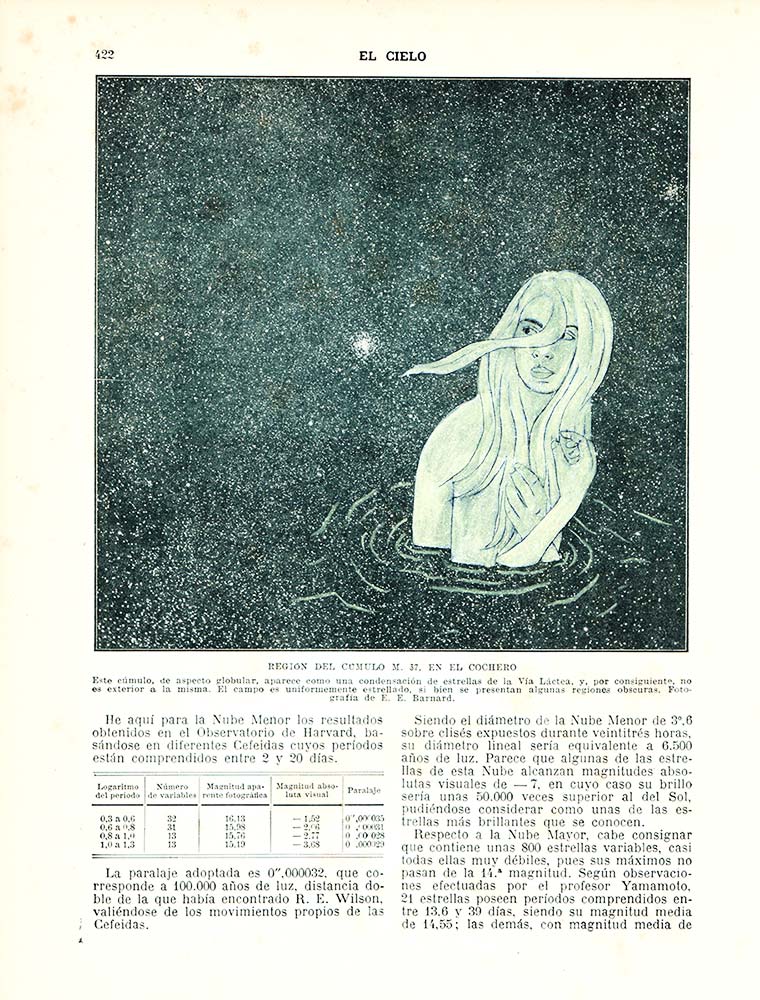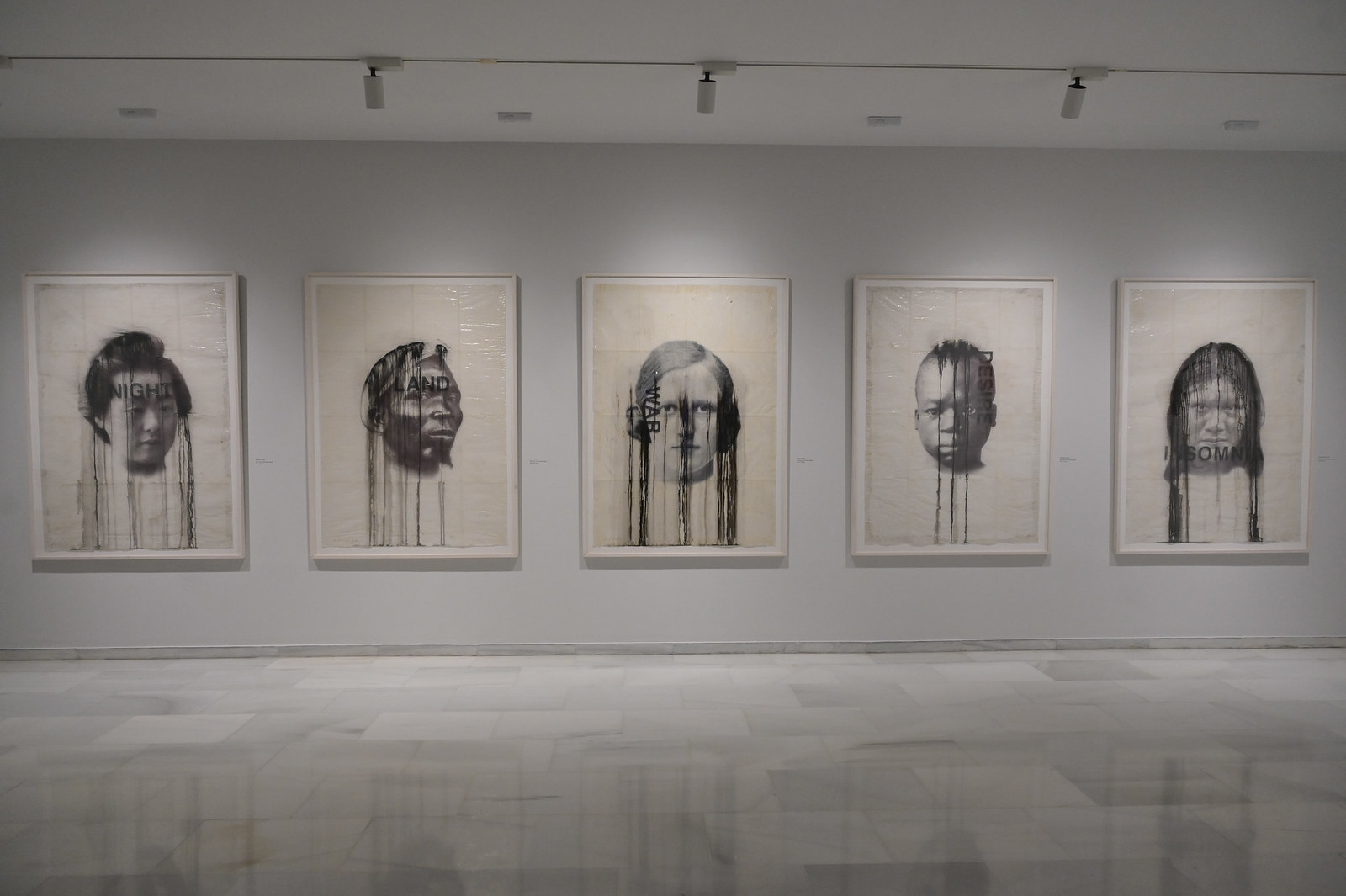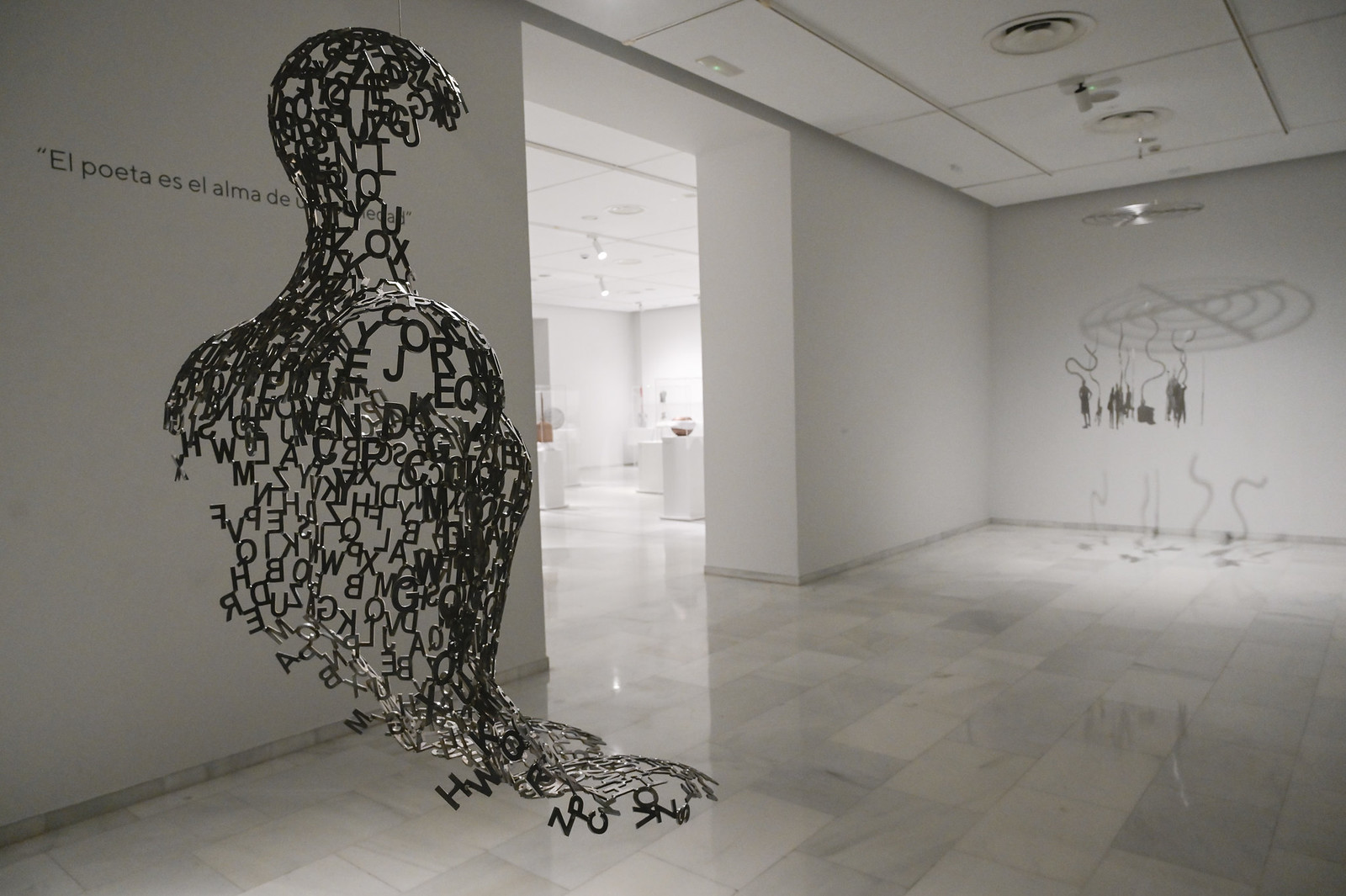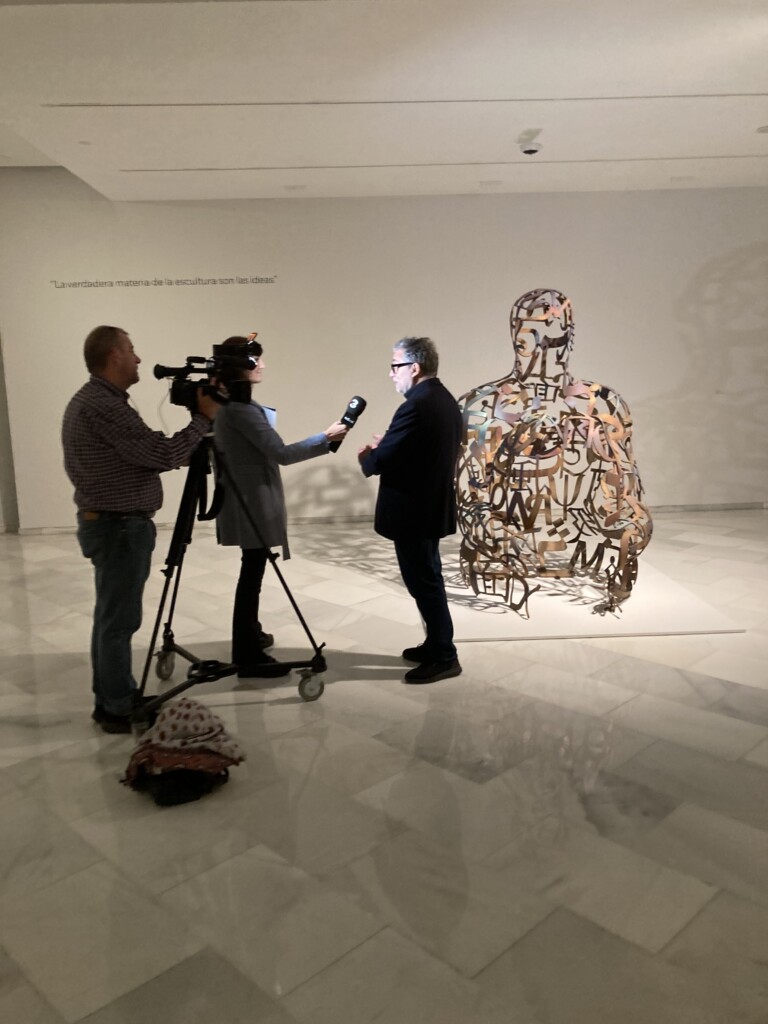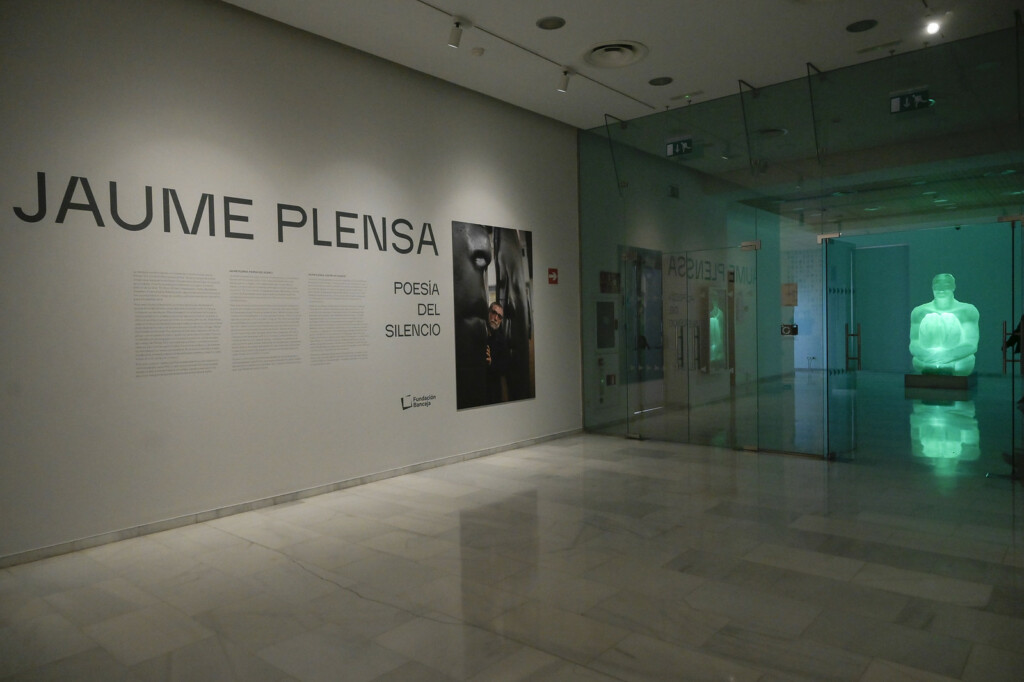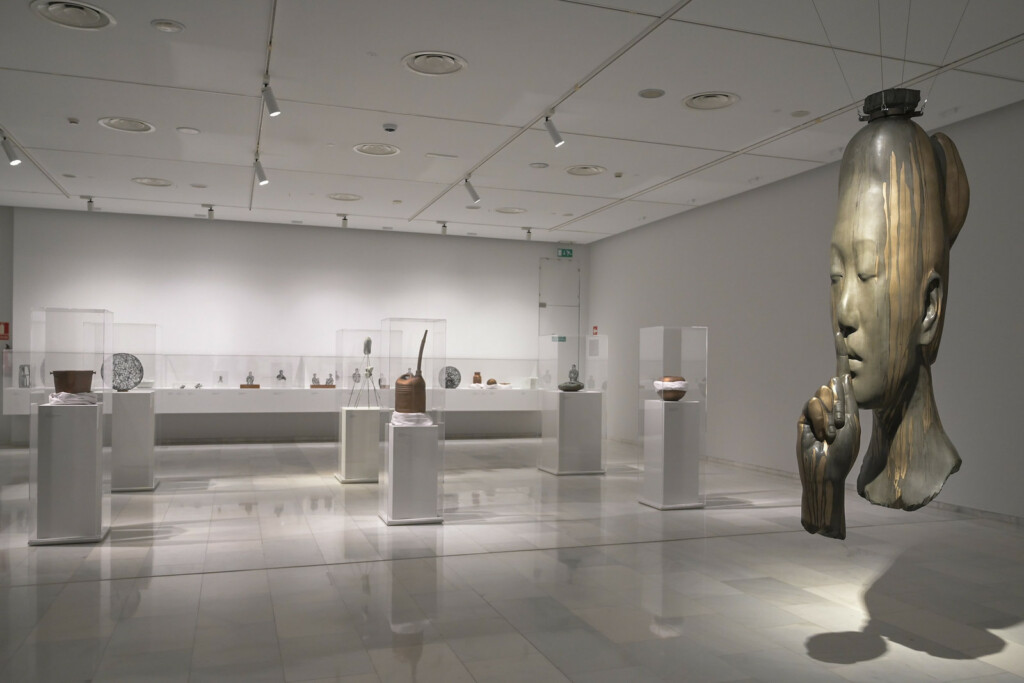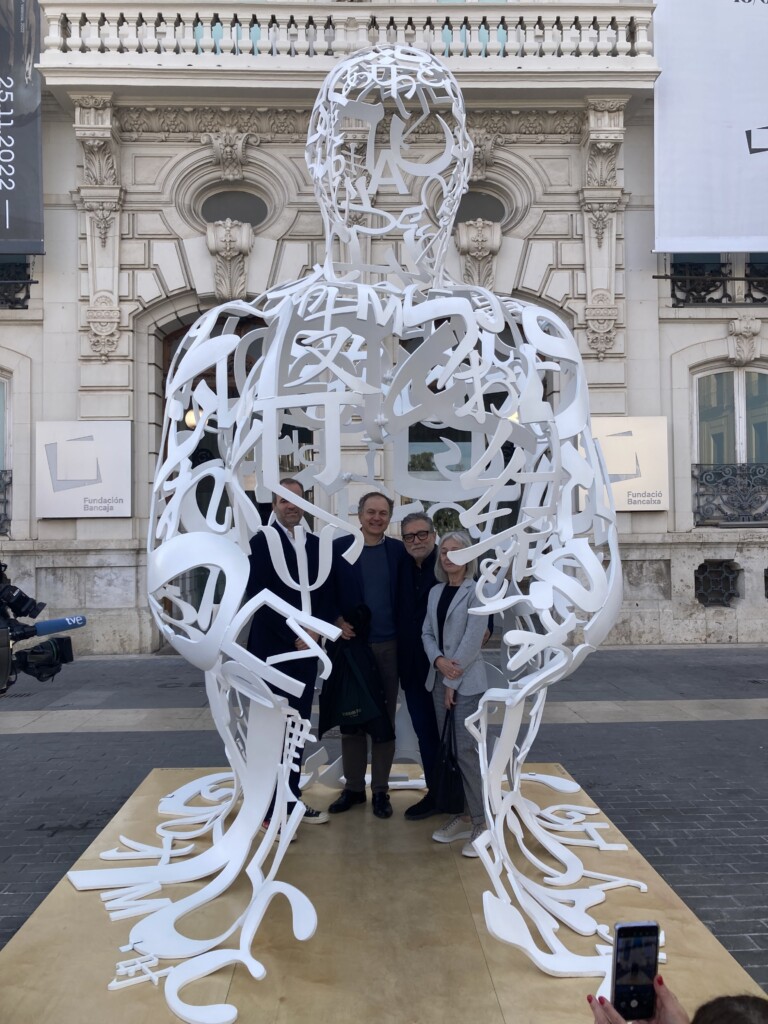- No products in the cart.
Galeria SENDA at Art Brussels 2024
For the 40th edition of Art Brussels, we have been selected for the “REDISCOVERY” section by the Art Brussels Committee, composed of Belgian and international gallerists. On this occasion, we bring back the unclassifiable Zush/Evru, to whom we dedicate the exhibition “Back to being” (2020) after eight years of absence by the artist. The “REDISCOVERY” section is dedicated to underrated, undervalued or forgotten artists of the 20th century, living or deceased. It aims to explore and highlight surprising, unknown and original practices that have not yet entered the mainstream of art history.
The human condition through dreams seen by three generations of artists
It is a pleasure to participate again in Art Brussels, as it presents a strong, international program and a unique mix of established artists and emerging talents that align with our vision. In addition to the “REDISCOVERY” section, the galleries have been divided into three more sections: PRIME, DISCOVERY, INVITED and the SOLO subsection of the fair.
In addition to having a special section to put the focus back on the work of Zush/Evru, we added Sandra Vásquez de la Horra and Gonzalo Guzmán, thus creating a dialogue between three artists of three different generations who address realities of the human condition that are not obvious. Very personal visions of the subconscious. Their own experiences serve as an engine to create unique and personal dream worlds that open spaces for reflection.
Zush/Evru
The personal aesthetic universe of the Barcelona-born artist who, under different names – Albert Porta, Zush and now Evru – has been the protagonist since the sixties of an itinerary that takes us through the most innovative expressive supports. His fluid work is rooted in his even more fluid persona, which has given rise to the Evrugian Mental State, a self-sufficient imaginary world in which he often resides to reflect on concepts such as identity, otherness and the state of being. His artworks act as tangible mediators between the audience and the dreams, emotions, creatures and beings that reside in his dream world. His work blurs the planes of dream and reality with an expression close to surrealism.
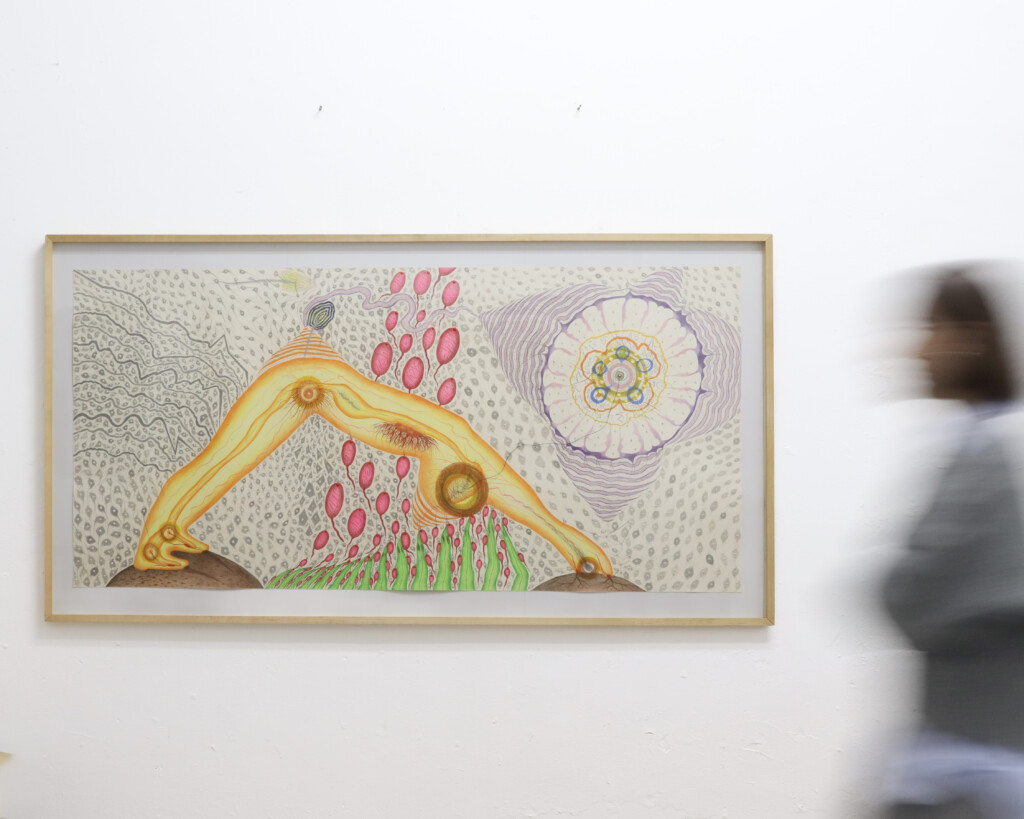
Zush/Evru. Admukarud (2008)
82,8 x 174,2 cm
Sandra Vásquez de la Horra
As a complement to Zush/Evru, Sandra Vásquez de la Horra (Viña del Mar, Chile, 1967) proceeds to work on the plane of her imagination. Her characteristic wax drawings, which could be seen in the exhibition “Meridians” (2018) and “Aura” (2022), evoke a dreamlike state of emotion and fantasy, where her internal expression deals with subversive themes of religion, sex, mythology, death and personal experiences.
Both Vasquez de la Horra and Zush share an interest in the dreamlike and the surreal, but approach these subjects from different perspectives. While Vasquez de la Horra focuses on exploring the deeper aspects of the human unconscious and deconstructing cultural taboos, Zush immerses himself in creating his own alternative worlds. However, both artists share an innate ability to capture the essence of the unreal and the fantastic in their works, inviting the viewer to reflect on the nature of reality and imagination. Like Zush/Evru, Vasquez de la Horra‘s work is rooted in the desire to embody and understand the intangible inner state.

Sandra Vásquez de la Horra. “Aura”‘s exhibition view
Wax drawings
Gonzalo Guzmán
Finally, to link the dialogue, we contrast the work of these established artists with one of our latest additions to the gallery, which we exhibited during Art Nou 2023 with the exhibition “Collision“.
Trained as an industrial designer, Gonzalo Guzmán (Madrid, 1991) began to dedicate himself to sculpture in the wake of the pandemic. During that time of chaos and uncertainty, he experienced “lucid dreams” in which he was aware of living his own dream and could control its development. In these dreams, dolmen-like figures repeatedly appeared to him and served as inspiration. The shaping of these forms in sculptures is a way of research to transfer them to reality. That is to say, the fact of materializing them makes it possible for Guzmán to interact with them on the real plane and at the same time for other people to do so.
To intertwine Gonzalo Guzmán‘s work with that of Zush/Evru, we can highlight how both artists explore the intersection between the tangible world and the world of dreams. Both challenge the conventional perception of reality and lead us to reflect on the limits of imagination and artistic materialization. While Zush/Evru shows us the landscapes of our dreams, Guzmán offers us the opportunity to touch those ephemeral forms and bring them into the physical world.
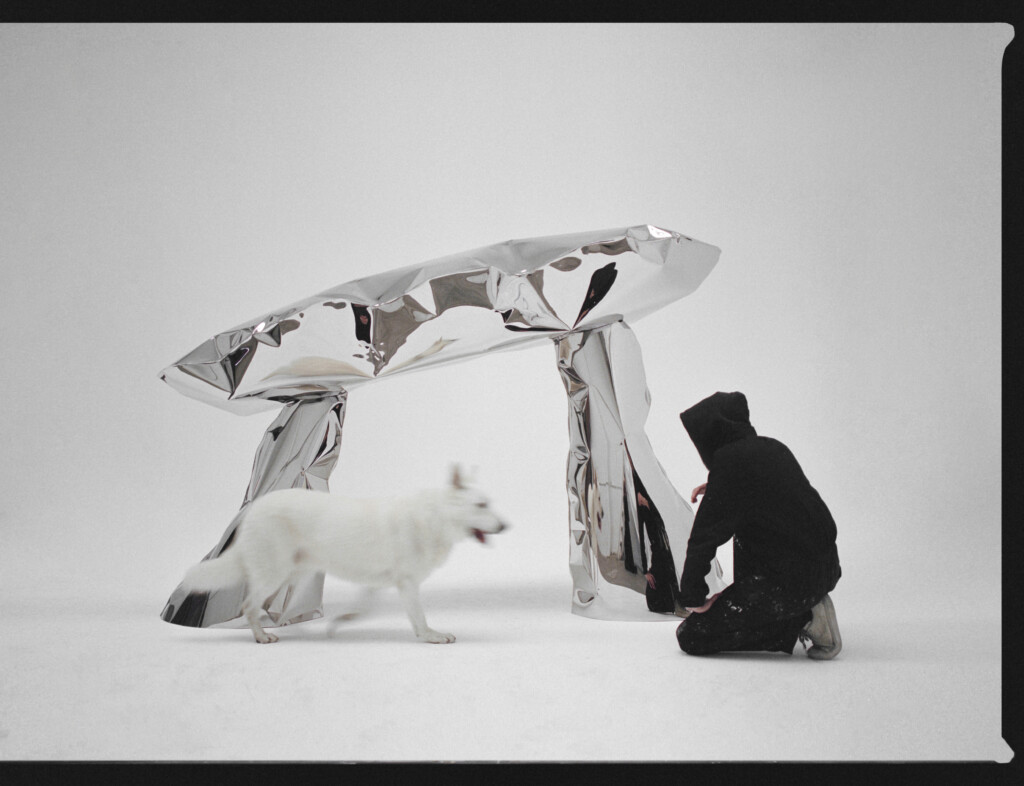
Gonzalo Guzmán. Dolmen_04 (2022)
190 x 270 x 100 cm
See you at Art Brussels!
For all these reasons, we are pleased to announce our twenty-first participation in the 40th edition of Art Brussels. This prestigious fair is one of the most recognized in Europe and an event marked in our calendar. With a wide variety of proposals, it represents the cultural and artistic richness of the European scene that attracts many collectors, curators, galleries, art professionals from all over the world. This year, the fair will take place at the Brussels Expo, in Halls 5 and 6, and you can find us at stand 5A-22.















































































